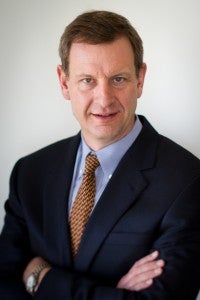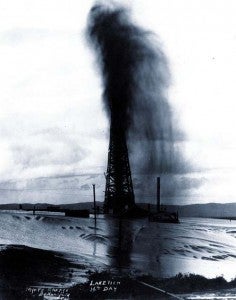Pecan Street Inc. announced this morning the selected group of companies chosen to participate in testing and constructing the utility grid of the future – a “consumer-focused smart grid built around home applications and consumer electronics” in the Mueller neighborhood of Austin, Texas. My colleague Colin Meehan and I attended the annual Pecan Street retreat earlier this week, where these companies, such as Chevy, Best Buy, Freescale, Intel, Landis+Gyr, LG Electronics, Oncor, Oracle, Sony, SunEdison, Texas Gas Service and Whirlpool Corporation, and researchers from the University of Texas came together to report the latest data and findings and to present what technologies will move us all forward. Very fascinating information has already come to light which pose interesting challenges and unlimited opportunities that we will see play out over the course of this project. This includes home energy monitoring of new and old houses across Austin, a home research lab, and installations of smart meters, smart appliances, electric vehicles, solar panels, and home energy management systems in hundreds of homes.
This smart grid consortium is positioned in a unique way to achieve huge innovative feats in reinventing America’s electric system. Having the involvement of the technology industry, the Greater Austin Chamber of Commerce, the University of Texas Schools of Engineering, Architecture, and Computer Science, a progressive, municipally-owned utility such as Austin Energy, and EDF, Pecan Street is aligned in a very collaborative way. EDF will be working to ensure that consumers have the information to know what their real-time energy consumption looks like and have the power to change their behavior to reduce their personal costs and the societal costs of pollution.

Participants of Pecan Street Inc.’s smart grid demonstration project joined Pecan Street staff, University of Texas researchers and members of Pecan Street’s Industry Advisory Council to announce an agreement with Chevrolet that will make 100 Chevy Volts available to participants in Pecan Street Inc.’s research. The deployment of 100 Volts in the 1 square mile area will be among the densest concentration of plug-in vehicles in the country. Photo Courtesy of Pecan Street Inc.
We at EDF have been involved in this project from the beginning as board members and continue to ensure that a newly realized grid is, not only smart, but green as well. In order to facilitate demand response, increased renewable energy, and electric vehicle consumption, a smart grid is essential. In order to achieve home efficiencies as well as determine where energy loss is occurring and where consumption can be reduced during peak times, a smart grid is essential. In order to reduce greenhouse gases and other pollution from power plants, a smart grid is essential. Therefore, EDF is proud to welcome this next phase of Pecan Street and focus on ensuring that the promises of the smart grid include environmental benefits.
As Pecan Street Inc. Technology Director Bert Haskell noted, there are times when industries need to consort in order to change the world, and now is the time for the clean energy industry to do just that.













